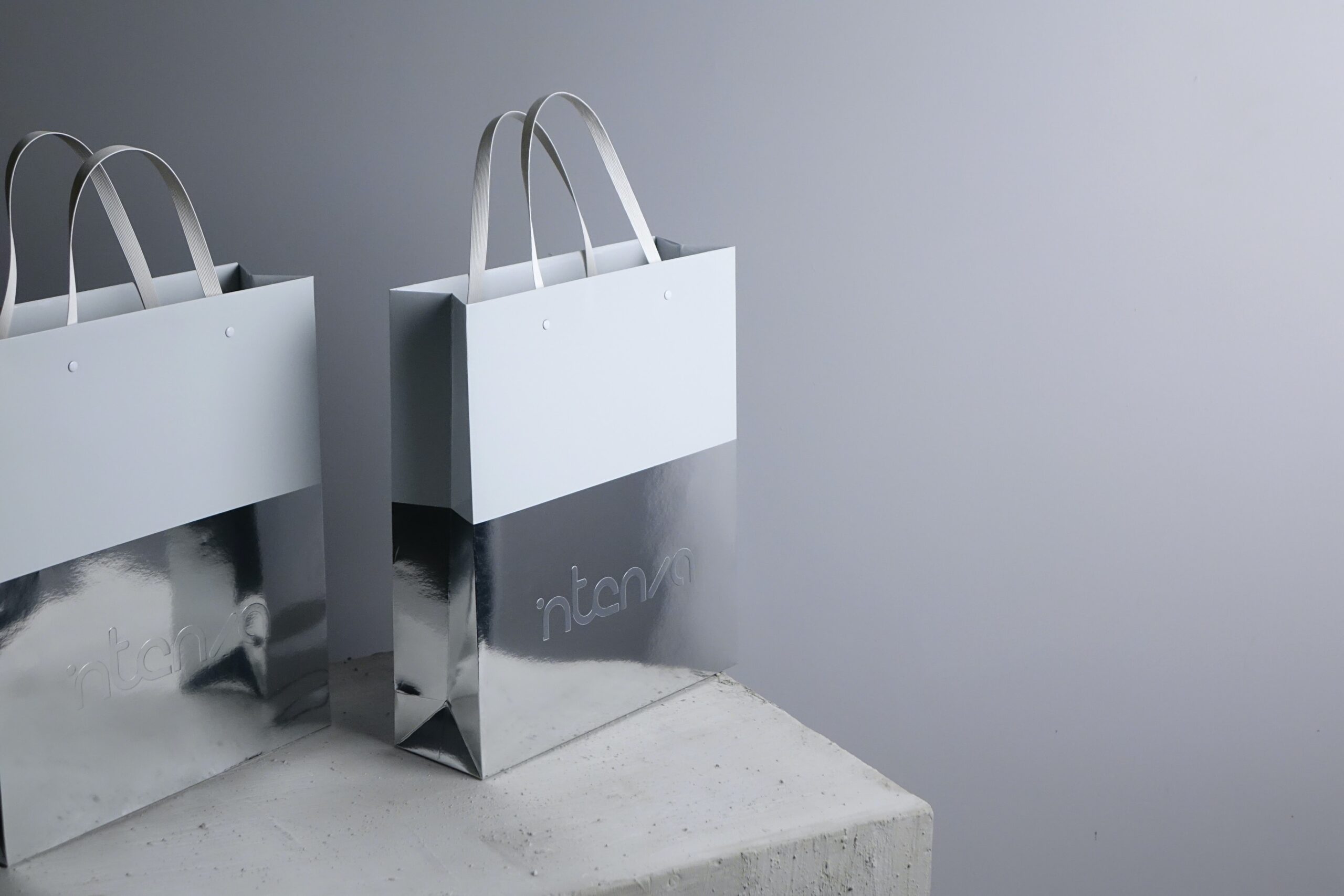Boss about
The term embossing refers to a process that raises parts of a page, providing emphasis and texture to an otherwise flat surface.
The substrate material (paper, or cardboard for example) is pressed into a female die with a design etched into it. Underneath the substrate is a male version of the same design: the two dies are pushed together under heat and pressure. This leaves a mirrored indentation on the reverse side of the substrate material.
Debossing – or letterpress printing as it has been known since the early 15th century – is one of the oldest printing techniques known. This process creates the opposite effect to embossing. Certain portions of the page are depressed to create an indent.
Traditionally, the letterpress printing technique was used only to apply ink on a page as a form of relief printing for text. Modern technology allows design elements to be pressed directly into paper substrate. For debossing, the substrate is simply turned upside down and pushed below the surface. If the stock is thick enough, there will be no imprint on the reverse side of the paper.
Logos are commonly debossed, as are designs on leather goods, and high-end publications and packaging.
In both the embossing and debossing processes, a die is created. The die comprises two metal plates (a front, and a back, also called the counterdie) that sandwich the paper. Printers create die by either hand-tooling, machine-routering, or photo-etching the image to be embossed onto the metal plates.
Next, the print material is placed between the front and back of the die. If an image embossed, the female die will go on top of the stock and male die will go on the bottom as the counterdie. When debossing, the male die goes on top and the female die will serve as the counter.
Then, using both heat and pressure, the die presses into the paper and create a relief of the image. In both techniques, die can be single-level – your image is raised to a single one consistent height or depth; or multi-level, which creates a more complex emboss or deboss.
If there is no ink or foil – the image is simply raised off or depressed into the paper, the process is called a blind emboss/deboss. A registered emboss/deboss or a combination emboss/deboss combines the technique with ink or foil, or even another image.
